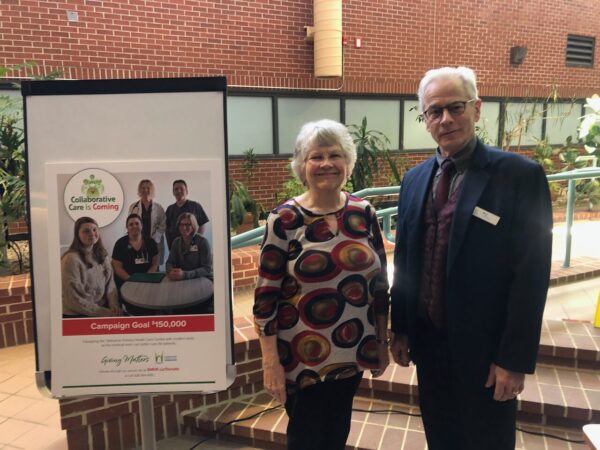
Tantramar council will be considering some more unplanned spending in the Sackville water utility, which could end up diverting up to $40,000 from reserve funds meant for the eventual upgrading of Sackville’s sewage lagoons.
Public works manager Jon Eppell told council Monday that three water pumps which push untreated water through the filtration system at the water treatment plant are underperforming, putting the town at risk of potential shortages in Sackville’s treated water supply.
“Our production has been challenged for the last year plus,” said Eppell. “We were not managing to treat enough water, or as quickly as we were expecting.”
After investigating a number of possible causes for the lack of capacity, three nearly-30-year-old pumps were identified as operating “in some cases, at perhaps less than 50% of the expected efficiency,” said Eppell.
The three low lift pumps take turns pushing untreated water from a large tank under the building through the water filters in the treatment system. From there, water is chlorinated and then goes into a treated water tank and is available for use by the town’s water customers.
Eppell says the three pumps were all installed in 1997, and haven’t seen any refurbishment since then.
The lack of efficiency has affected how much treated water is available in Sackville, which Eppell said is a potential problem, especially when there is high demand for water.
“If we had a watermain break, or when we were doing flushing of the mains, or if there was a fire that created a significant demand on the water, then there was the potential that we would have run out of treated water, emptying the water tower and draining the tank at the water treatment plant,” said Eppell. So far Eppell said staff have been managing with the lower production rate, “but it remains a risk that we wish to see fully mitigated.”
Eppell’s report to council on Monday recommended a plan to remove one of the three pumps and send it to be refurbished, an unexpected expense that would eat into the capital reserve fund for the water utility, shorting this year’s contribution to reserve funds by about $20,000.
But Eppell warned that there was no guarantee a refurbishment would work. “We will not know what we’re into for repairing the pump until we’ve taken it apart,” said Eppell. “And so at that point, we may determine that it’s better to replace the pump.”
The replacement of a pump would increase the cost of the project by another $20,000, which would mean the 2024 contribution to the future lagoon reserve would be short by $40,000.
In 2024, $320,000 was budgeted to go into the capital reserve, coming from sewage treatment charges collected from Sackville water utility ratepayers. The upgrading of the lagoons is expected to cost anywhere from $5 million to $10 million.
After Eppell’s presentation Monday, councillor Matt Estabrooks suggested it might be more prudent to go ahead with the purchase of a new pump immediately, and then pursue refurbishing the older pumps one by one, so as to avoid a situation where two older pumps were left to supply the treatment system while the third was being refurbished.
“That would definitely minimize the risk of us having a capacity constraint that doesn’t meet demand,” said Eppell. Though he noted the extra $20,000 in cost, “that would be the best solution, I agree,” said Eppell.
Council will make a final determination on the question of whether to refurbish or replace a low lift pump at the Sackville water treatment facility at its next regular council meeting on September 9, 2024.



















